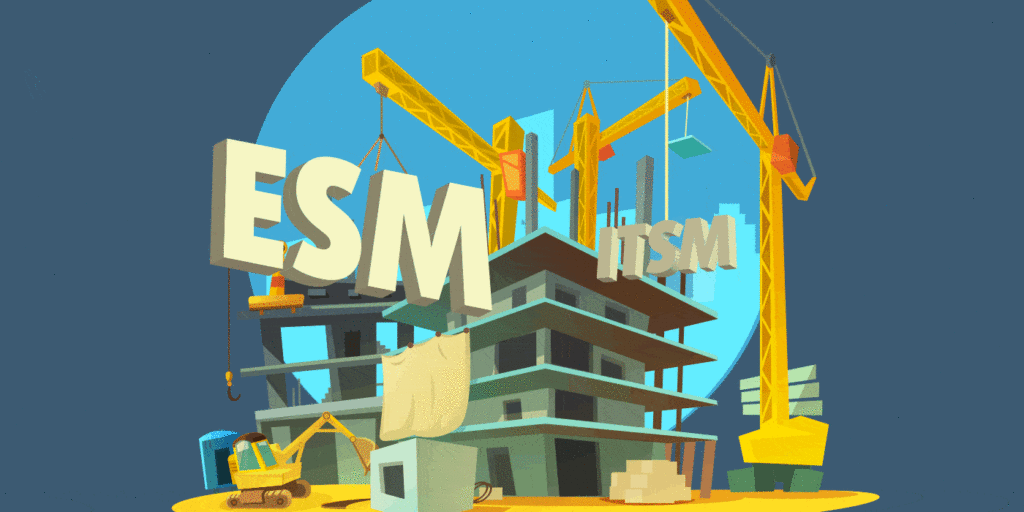Rolling out service management best practices and tools across multiple internal support functions is a big task. Each service domain has its own objectives, people, culture, service portfolio, and maturity – so IT needs to be able to handle a variety of business contexts.
But where do we start? How do we structure an Enterprise Service Management (ESM) roadmap to gain value quickly? Should we tackle each service domain sequentially, cherry-pick key services by priority, or opt for a “big bang” approach and hope we have mitigated all risks?
Approaching Enterprise Service Management
The strategic decisions should be founded on an understanding of the services that business units provide, as well as the volume of demand being put on them. Analysis is a big part of the work that IT needs to do to succeed with an enterprise service management program. It’s critical to understand the business context of each service domain in order to assess the true business priorities and plot out a roadmap.
One of the difficulties here lies in the fact that opinions will differ between service providers and service customers. The priorities according to business managers (on the inside of a service domain) will often conflict with the priorities of their customers elsewhere in the business. This disconnect makes it necessary to engage with both sets of stakeholders in order to triangulate the truth. The adoption strategy you choose must be founded on the deep knowledge of each of the different service domains. Consequently, enterprise service management requires broad and deep engagement between IT people and business stakeholders – something that IT professionals are not well known for. For many, this is outside of their comfort zone, so selecting the right people to plan and execute your enterprise service management strategy is as important as the strategy itself.
Taking a “big bang” approach to an enterprise service management program is not feasible for most large organizations so it’s necessary to break up the implementation into phases, with each phase bringing another tranche of services into the Enterprise Service Portfolio. Your initial strategy should outline your approach to the first phase. Will you tackle HR first and then work sideways to include Facilities Management, Legal, and Admin? Or do you want to pick the two most important services from each domain initially, and then work downward on the second phase?
The success of enterprise service management in the long term is reliant on executing the first phase effectively to prove value and gain support for the next round. This underlines the need for a sensible and practical approach. To make it work, the IT department needs the right mix of strategy, sponsorship, manpower, skills, and relationship-building. When properly planned, an enterprise service management program can deliver transformative business change. However, like most large-scale initiatives, you only really get one shot at the prize. If you fail to plan adequately, your initiative will fall at the first hurdle and “enterprise service management” will become just another bad acronym for the business.
Making It Work for Your Organization
Of course, every organization is different, and there’s no “one-size-fits-all” approach to enterprise service management. However, regardless of the size and scale of your business, it’s important to remember the following when looking at enterprise service management initiatives in your organization:
- Keep the focus on the wider business rather than just IT
- Don’t try to force-fit business processes to your IT service management (ITSM) solution
- The enterprise service management journey should be a mix of IT-push and enterprise-pull
- Don’t underestimate the size of the operational and cultural change for other corporate service providers
- Engage with the correct people and verify achievable targets
- Review service provision and ensure issues are resolved and improvements identified and implemented where possible
If you liked this enterprise service management or service management article, please check out the following:
Chris Rydings
Chris Rydings is the Chief Technology Officer at Axios Systems. He is a certified ITIL Expert V3 and has over 16 years’ experience in IT service management. With experience, ranging from shaping, developing, and leading ICT operations, to speaking on all aspects of ITIL and ITSM across the UK and Europe, Chris has helped - and continues to help, IT professionals to recognise and realise the key benefits of effective ITSM whilst delivering industry best practises.

